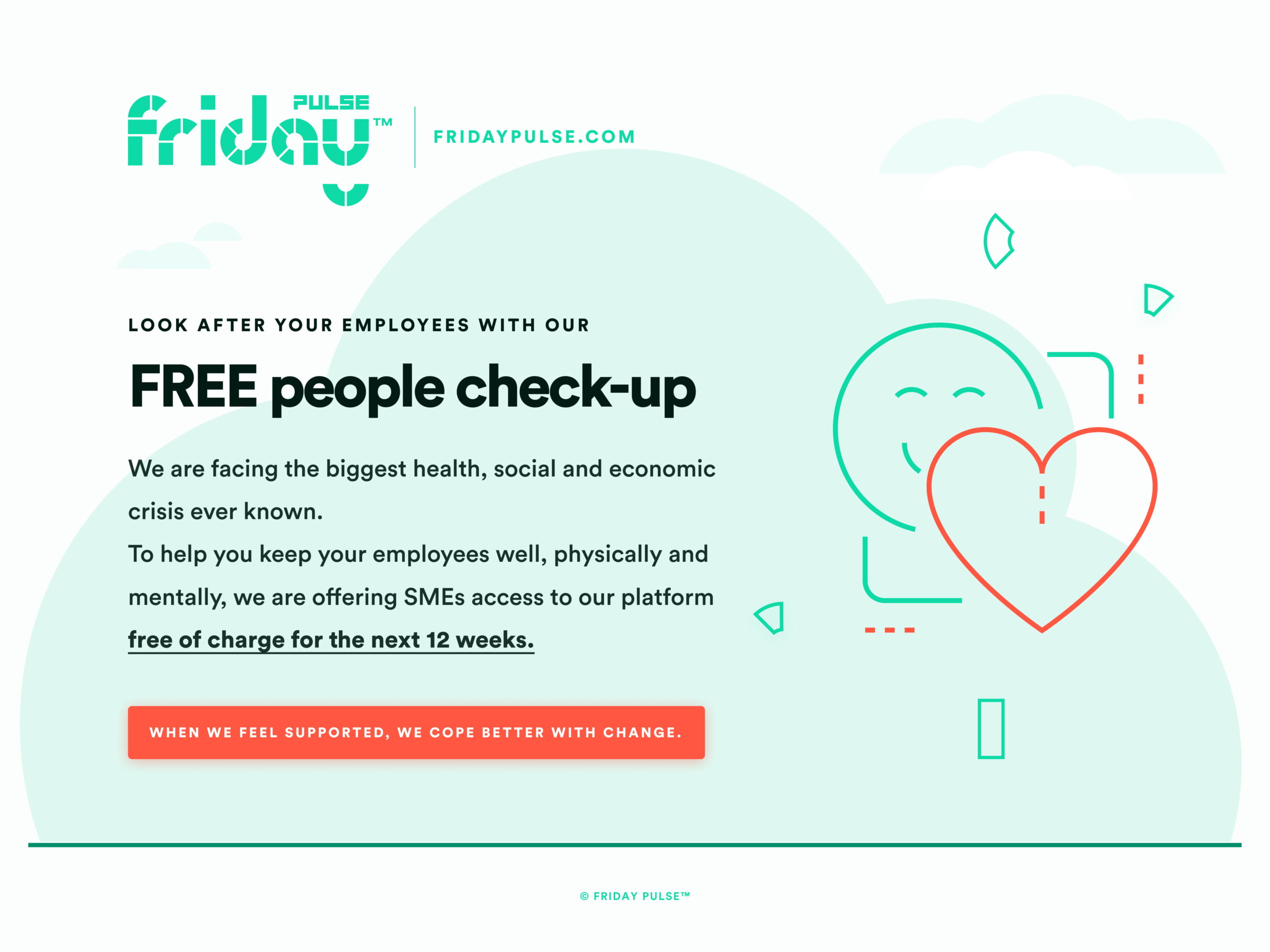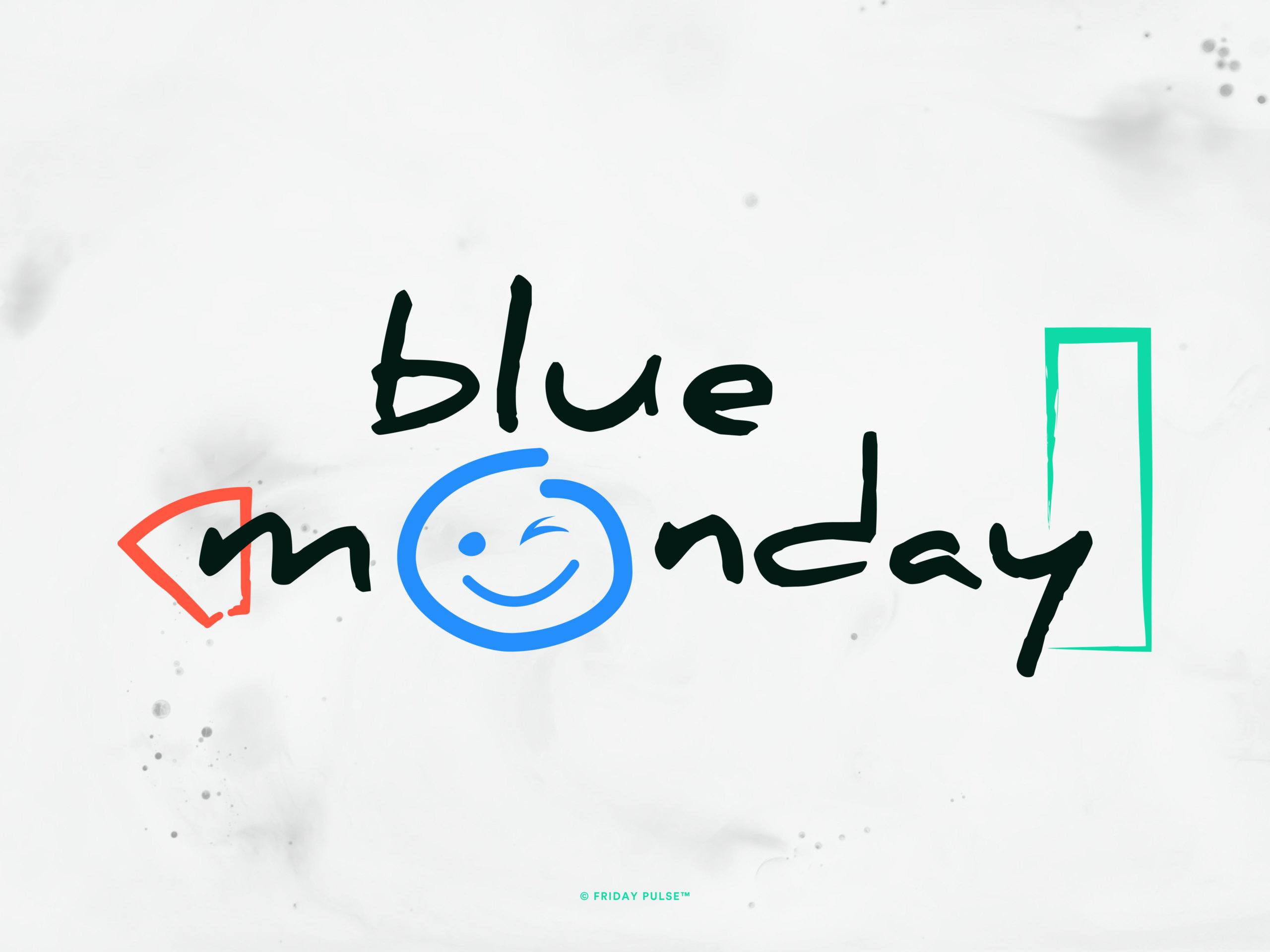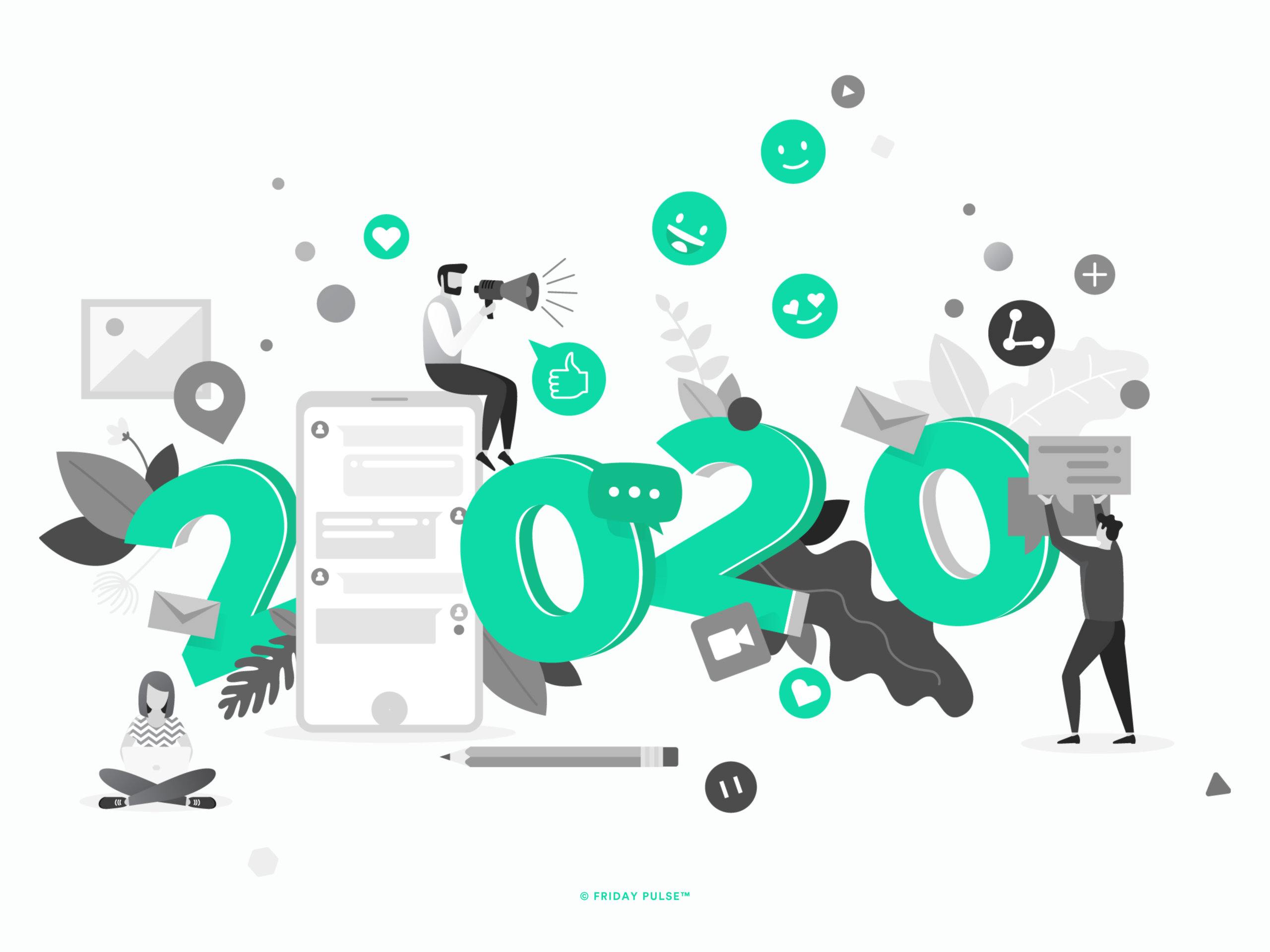Avoiding the Wild West at work: how good culture starts with respect, fairness and company values
People want the great positive experiences at work, but they also want to avoid the bad, unfair, disrespectful ones.
We publish regular articles on how to improve your workplace culture keeping track of the latest people trends, so you'll know how to make your company a happier place.

People want the great positive experiences at work, but they also want to avoid the bad, unfair, disrespectful ones.

Recent years have created a fertile environment for burnout and brought about shifts in working habits that organizations are still navigating. Traditional companies are working harder than ever, while the increase in hybrid or remote-first cultures presents its own challenges.

Addressing low employee morale and overall wellbeing is a crucial component of business performance. During periods of social upheaval, organizational change, and more generally in day-to-day operations, it is essential not to overlook the human aspects and challenges that employees face.

Returns on investment have never been more critical as recession is looming. Yet, if we were to offer you a 5X return on investment – in Year One – you would certainly not believe us. There has to be a catch, right?

How to scale a company efficiently and effectively has become a whole business area, with strategies, coaches and books of all stripes. One of the biggest concerns scaling companies have is how to grow with their culture intact. Yet, this entirely possible with a team-first focus, rather than a top-down approach.

Hybrid is the new normal with most people returning to the office for at least some of the time. Leaders need to make deliberate efforts to encourage positive social interaction amongst teams, whilst they think how the office fits into their business.

Companies often look to perks as a way of increasing staff engagement, but effective, long-lasting change comes from cultivating a work environment that satisfies people’s core psychological needs.

After the 2021 COP26, the environment crisis hit the headlines more than ever. Businesses must now have a pivotal role to play in allaying employees’ concerns.

In our series on the science of happiness, we explored The Five Ways to Happiness at Work with creators Nic Marks and Dr. Jody Aked.
With Connect being the most important component of The Five Ways, Nic and Jody show us how teams can create real friendships in the workplace.

Every business that switched to remote working at the beginning of the pandemic were forced to consider the return to the office and review their options. However, asking people if they want to return to the office before they’ve actually tried returning is an inherently flawed approach.

It may feel odd to celebrate International Day of Happiness amid COVID-19. Still, in many respects, the ongoing pandemic has made happiness at work evermore important – particularly as the boundaries between work and home have become increasingly blurred over recent months due to lockdowns and the associated shift to remote work.

As we start to see the light at the end of the Covid-19 tunnel there are huge questions about how we will work in the future. Many CEOs share an idea that working from home is not the new normal and believe it has undermined work culture and productivity. But, working from home is here to stay and companies need is a flexible and agile culture that can meet the needs of their workforce.

Our hopes and expectations for 2021 are admittedly low — it just needs to be better than 2020. But even with the slow rollout of vaccines, there is little to believe that the first part of the year will be any different (though our cousins in the US may feel the new start with a new President). Even so, some trends have stood out to us for the year ahead.

This week, our article highlights what we’ve learned in 2020 and what we think organizations should hold onto post-pandemic. A crisis is always an opportunity and, this year, we’ve learned a number of self-care and trust lessons that can help us in 2021.

The size of an organization is often overlooked when it comes to building (or rebuilding) happy teams. While the principles of employee happiness and engagement apply whether you have 10 or 10,000 employees, the specific dynamics and challenges can vary significantly based on organizational size. Our research has found that larger organizations have less happy people.

90% of executives believe that COVID-19 has changed how their businesses will operate across the next five years. Companies are now looking for innovative solutions to survive. But innovation can’t come from nowhere — it must be fostered in positive environments. And, if you innovate the way you take care of your people, innovation and creativity will follow.

In January, we shared what we thought would be the top workplace culture trends for 2020. However, a lot has happened since then!
There’s now uncertainty in organizations as to the shape of things to come, especially as the world comes out of lockdown. So, how did our predictions hold up? And, what does our analysis tell us about the next six months?

Workplaces are now very different places. Business have to be sensitive to the way their employees frame risk as they make decisions on how quickly they open. By looking at your employees through The Five Ways to Happiness at Work, you can empower your people during this time of increased and continued anxiety.

Combined with COVID-19, this period of unrest is proving to be a defining moment. Now is the time to get ahead of the curve of history. How organizations respond will significantly affect employee wellbeing and how employees feel about their organization - with workplaces becoming either a place of psychological safety or one that threatens racial identity.

Teams are the instruments of change in a company. Changes in their microcultures are more likely to shape you company’s culture than anything else. In today’s Covid-19 world, flexible team sizes are a must, and small teams are how companies will be able to climb the resilience curve.

A 5x return on investment in year one is, you may think, both elusive and improbable. Yet, it’s entirely possible when you proactively look after employee wellbeing and team morale.
Putting numbers on what is intangible is, by nature, an estimation compared to other financial drivers within a business. However, that doesn’t mean it can’t be done. At Friday Pulse, we’ve done just that – estimated the return on investment in wellbeing. And when potential returns are so significant, it shows that the investment is worthwhile.

It’s now clear that the Coronavirus pandemic is not going to be a short, sharp emergency. How people cope with the fallout is dependent on the depth and quality of the relationships they had before lockdown.

Lockdown is the biggest shock since the 1920’s. To bounce back, as a priority, businesses need to protect employee wellbeing and team morale.

We are in uncharted territory with the spread of Coronavirus. What is going to happy to the world of work? How will we all work through the virus? What can the science of wellbeing teach us about dealing with a crisis?

Every company faces changes and setbacks. Organisations inevitably have to pivot without much planning just to survive and stay competitive. Changes in strategy, business models, restructures and closures are the norm.

It’s Valentine’s Day. The day we celebrate that most supreme of human emotions – love. It’s also the day when rampant commercialization of romantic love steps into overdrive. Regardless of your feelings towards this holiday, it’s a perfect time to talk about (positive) emotions.

How can you create a workplace environment where people feel free to share their ideas and thoughts? And, what happens when your employees stay silent?

Blue Monday – when lack of sunlight, the burden of post-Christmas debt and festive family rifts collide with job dissatisfaction and the overall down of being back from the holidays. The most depressing day of the year…

Over the last decade we’ve seen some major shifts in the workplace, especially in corporate culture and employee values. At the start of this new decade, we couldn’t resist looking at the data trends leading to 2020 and some of the major influencers that will be trending in the new year and beyond.

Just how much money is spent in trying to get the “right culture” for an organization? According to a report by Gartner, $230 billion is spent in the US, and a further £55 billion in the UK. Most of that money is spent on a combination of “consultants, surveys, and workshops.”
Despite spending an average of $2,200 per employee, only 30% of organizations feel like they have the right culture.